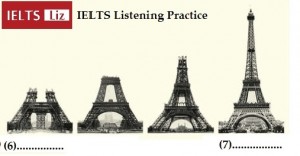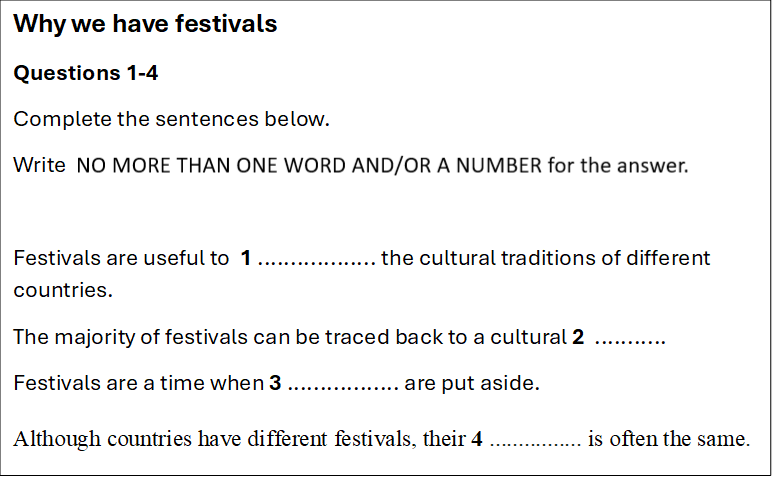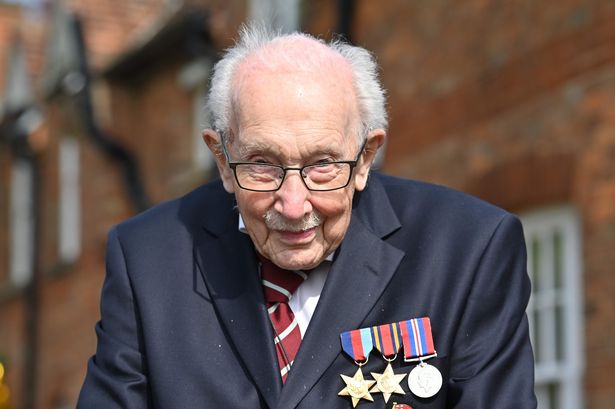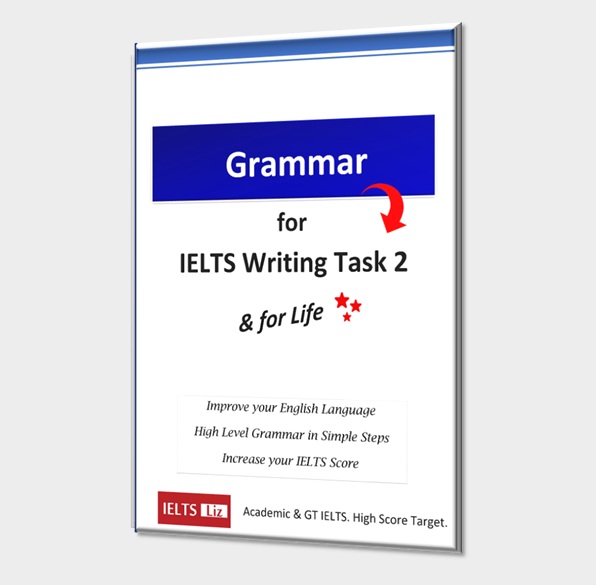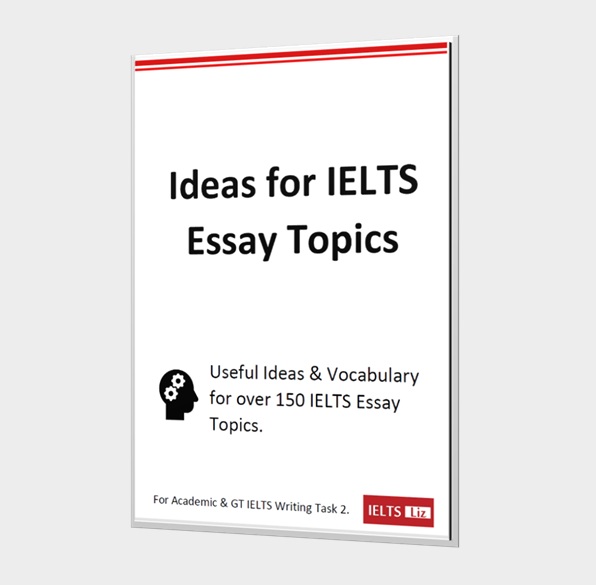This practice reading lesson focuses on Sentence Completion questions which means filling in a gap to complete a sentence. These are common questions in IELTS and also in English language exercise books.
The level is not high, so it is suitable for GT candidates and also a good easy practice for Academic candidates. Remember, the academic reading passages are usually a bit more difficult. Even so, this lesson will help you focus on skills.
Sentence completion questions in IELTS reading require you to choose one or more words from the passage to complete the sentence. This involves skim reading the passage, identifying the type of word missing from the sentences and then scanning the passage to locate the missing word. Always check how many words you can have for the answer.
Reading Passage: Space Technology
Astronauts on the International Space Station have used their 3-D printer to make a wrench from instructions sent up in an email. It is the first time hardware has been “emailed” to space. Nasa was responding to a request by ISS commander Barry Wilmore for a ratcheting socket wrench. Previously, if astronauts requested a specific item they could have waited months for it to be flown up on one of the regular supply flights. Nasa says the capability will help astronauts be more self-reliant on future long duration space missions. This will also have a positive impact on the sustainability of space travel. Furthermore, it makes ships lighter and reduces launching costs. Mike Chen added: “The socket wrench we just manufactured is the first object we designed on the ground and sent digitally to space, on the fly. It also marks the end of our first experiment—a sequence of 21 prints that together make up the first tools and objects ever manufactured off the surface of the Earth.” The other 21 objects were designed before the 3D printer was shipped to the space station in September on a SpaceX Dragon supply flight.
Questions 1-7
Complete the sentences below using no more than two words and/or a number.
- A ……………….. was made using a 3-D printer on the International Space Station.
- The tool was essentially …………… to space.
- This new technology provides instant access to tools which would have taken …………… before.
- Consequently, astronauts will be ……………… to a much greater extent.
- Creating tools in space as needed means crafts will weigh less and therefore have lower ………………
- The tool was the ……………… that had been designed on Earth yet physically created in space.
- Vocabulary question to you all – can you paraphrase the term “on the fly”?
Answers
Click here to see answers: Answers to 3D Printer Reading.
All the best and stay safe,
Liz
Recommended
Free Subscribe to get New Posts by Email

